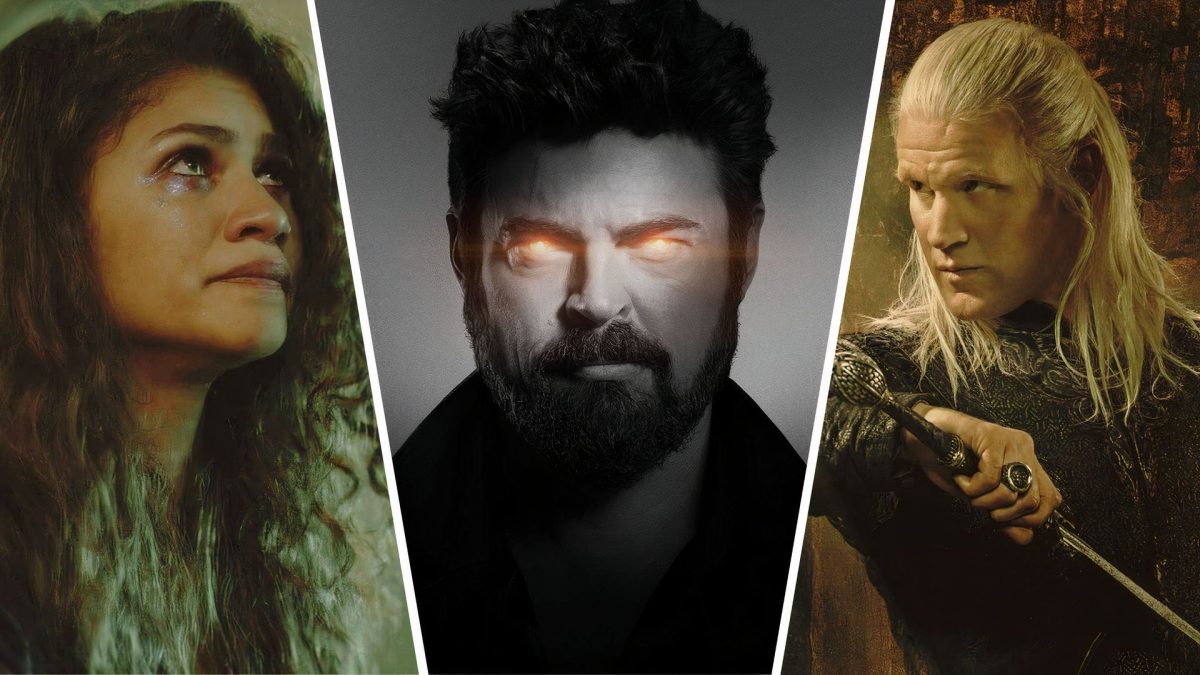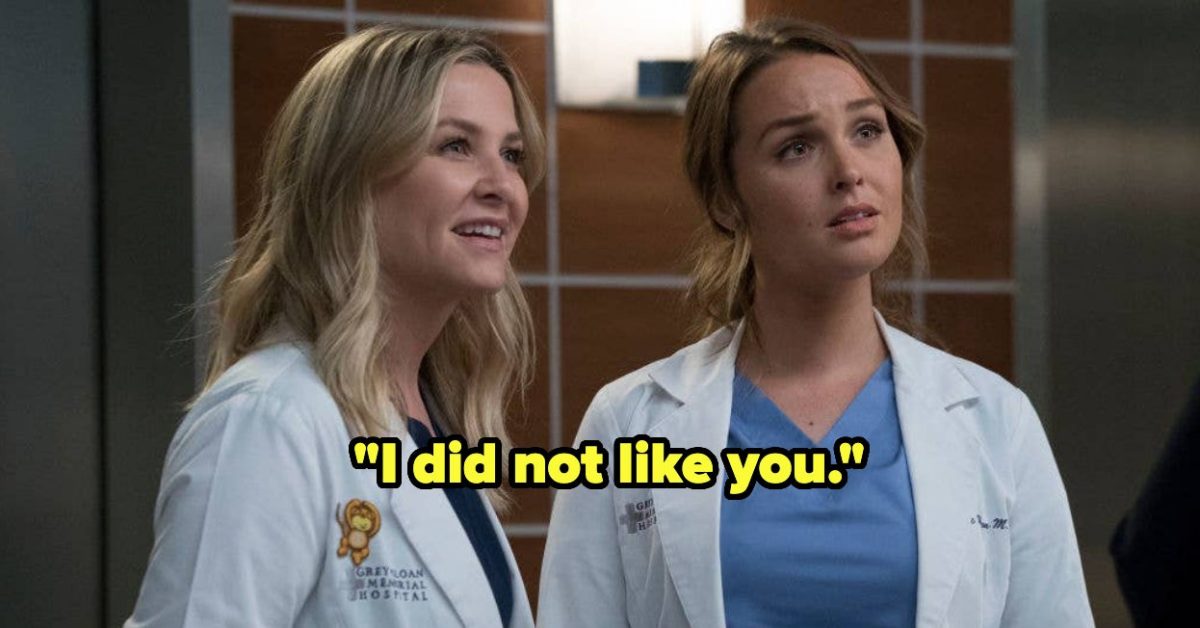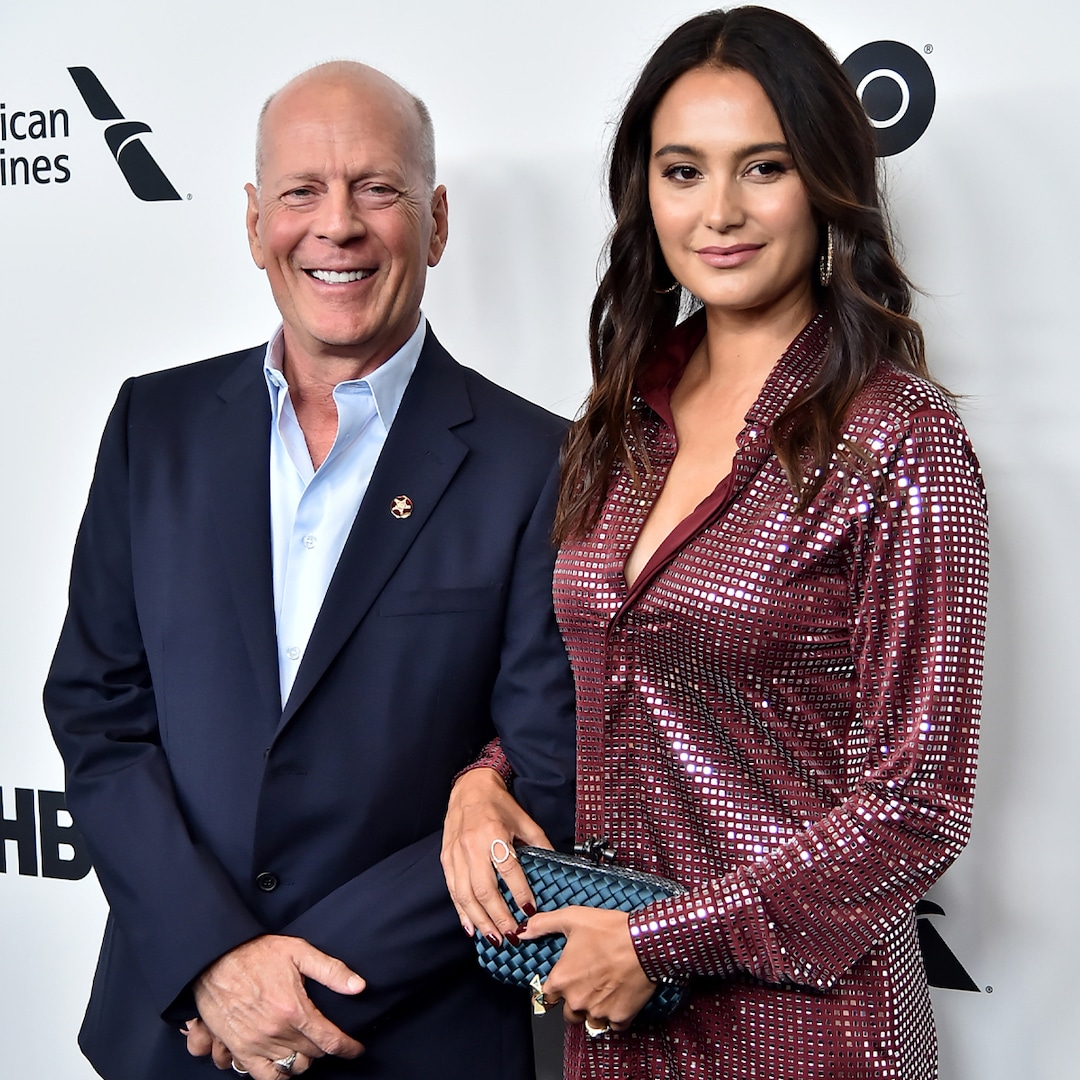
Streaming and the Current TV Model Is Unsustainable
Sep 21, 2024
It’s become clear over the last few years that the era of Peak TV has passed. Obviously, golden ages never last forever, and they can never be chocked up to one simple reason when countless social factors and popular trends are at play. But it’s undeniable that the medium hit a saturation point due in part to the rise of streaming; 2022 alone saw almost 600 scripted series on the air. And while that number has declined thanks to last year’s dual writers and actors strikes, it’s still clear that there’s more TV now than anyone can reasonably handle.
What’s more disheartening is that it now feels like there’s less great television than a decade ago and that there’s a worrying absence of originality. Even some of the best shows on the air now, like Shogun and The Last of Us, are adaptations of original properties, and it feels like the days of inspired setups like Mad Men and Breaking Bad have passed. Obviously, there’s still plenty of great television from a quality standpoint, but the most concerning trends for the industry come from what actually goes into making these shows.
Your Show Should Be a Show, Not a Movie
To say that Netflix’s decision to develop original programming in 2013 took the world by storm is underselling it. This wasn’t just a new way to watch TV; it was arguably a new medium. No longer encumbered by commercial breaks, showrunners now had the freedom to make their episodes as long as they wanted (as long as it fits within their budget) and, more importantly, design them in a way that fit Netflix’s entire business model — to keep viewers watching.
Binge-watching became the way of the future, and the shows became designed as such. Netflix’s first batch of series, House of Cards, and the first revival season for Arrested Development were almost completely serialized, with almost no filler episodes, and each installment ended with cliffhangers, encouraging audiences to watch them in one sitting. This was happening concurrently with Game of Thrones’ surge in popularity, and the creators approached the show as a “73-hour movie”.
Today, it feels like that mentality has become the default creative approach in the industry. The Falcon and the Winter Soldier was intended to be a “six-hour movie”; each season of Stranger Things is designed as an “eight-hour movie.” Yet we’ve seen time and again the creative drawbacks this approach has shown; House of Cards and the Marvel Netflix series, even with over 10 episodes a season, often ran out of plot midway through and spun their wheels until the finale. Even when Game of Thrones was at its creative peak, many of its episodes felt incomplete and only advanced the plot and character arcs in small increments.
More importantly, television has always been a medium built around episodes; while shows like Breaking Bad and Succession were serialized, the creators developed them like TV shows, not movies. Thus, each episode was structured to work on its own terms as a small, complete piece in a larger story. Having episodes also allows showrunners to do something new and creative each week or to develop the characters even if the plot doesn’t move forward (Community mastered the former option). Imagine if Breaking Bad didn’t have room for “4 Days Out” or experiment with its format in “Fly,” or if Mad Men didn’t take a week to give audiences “The Suitcase,” arguably its single best episode.
In maybe the single clearest illustration of the creative advantage provided by having episodes, consider how the Disney+ series widely considered Marvel’s best, WandaVision, was also the one that worked best as a television series.
Too Many Shows Are Taking Too Much Time Off
The other significant factor proving a creative roadblock in the television industry is a more complicated one, but the fact is that too many prestige series are taking too much time between seasons. To be completely fair, long hiatuses often happen for unavoidable reasons; the COVID-19 pandemic in 2020 halted film and TV production for almost a year, and last year’s writers’ and actors’ strikes put the industry on hold again. In other cases, an actor’s rising popularity may leave their shooting schedule more restricted (this was allegedly one of the factors that delayed the production of Euphoria’s third season).
But the year-plus gap between seasons sadly seems to have become the norm in recent years. Stranger Things is returning for its final batch of episodes next year, almost three years after its last round. Severance, maybe the single most talked about show of 2022, is debuting its second season this January. House of the Dragon’s second season premiered almost 18 months after its first season finale. For context, Game of Thrones’s only break that lasted longer than a year came between its final two seasons.
It asks a lot of casual TV viewers to remember the plot specifics for heavily serialized shows while waiting for over a year, especially in a time when binge-viewing is encouraged. Game of Thrones’ break before its final season was able to avoid this trap because it was already the most popular show on the air and could withstand two years’ worth of hype. But for newly hyped series, taking too much time too early arguably runs the risk of testing viewers’ patience or attention. Consider how Severance was virtually inescapable two years ago and how anticipation for its impending return in just three months feels muted. Knowing how popular it was, one would think production for its second season would’ve been fast-tracked almost immediately.
This becomes an even bigger problem for shows with younger cast members. Euphoria reportedly intends to have a time-jump past high school to account for its aging stars, but Stranger Things will be ending a full nine years after it started, and the main characters have grown up significantly since then. Max’s new Harry Potter series is having a casting call soon, but with HBO’s current production model, it seems nearly impossible for the creative team to feasibly release a full season every year. And for a franchise as driven by its youthful perspective as Harry Potter, the prospect of having its main cast college-aged by the time of Prisoner of Azkaban would make that infinitely harder to capture.
Television’s Production Model Is Unsustainable
Of course, neither of these factors is inherently a death knell. Several shows have actually pulled off the “x-hour movie” model (tellingly, the ones with fewer episodes per season), and as previously mentioned, sometimes external factors make delays inevitable. But the fact that both of these things seem to be the default mode of production at the moment is concerning, and worse, for a medium that’s already facing problems of oversaturation, it feels unsustainable.
Publisher: Source link
"We Despised Each Other So Much That It Read As Love": 13 Costar Duos Who Did NOT Get Along
Diane Kruger said, "It kind of sucked. He's dead, so I can say that. But he wasn't the most pleasant person."View Entire Post › Disclaimer: This story is auto-aggregated by a computer program and has not been created or edited…
Dec 25, 2024
19 Best Experience Gifts for Everyone on Your List
Our writers and editors independently determine what we cover and recommend. When you buy through our links, E! may earn a commission. Learn more. As the holidays approach, the last loved one on your list is usually the hardest person to…
Dec 25, 2024
Celebs With Embarrassing Tattoo Mistakes Revealed
If read vertically from top to bottom and horizontally from right to left, which is how Japanese is read, the tattoo translates roughly to say "ring seven fingers." However, if the tattoo is read horizontally from left to right and then…
Dec 24, 2024
Bruce Willis’ Wife Emma Shares Family Photos Amid His Health Battle
Bruce Willis’ wife Emma Heming Willis is cherishing the good times. Almost two years after the Die Hard actor’s wife, his ex-wife Demi Moore, and his kids Rumer Willis, 36, Scout Willis, 33, Tallulah Willis, 30, Mabel Willis, 12, and Evelyn Willis, 10, announced that…
Dec 24, 2024











